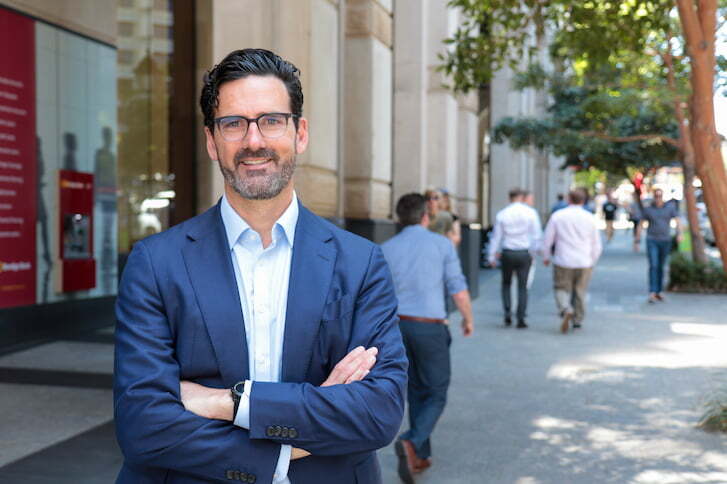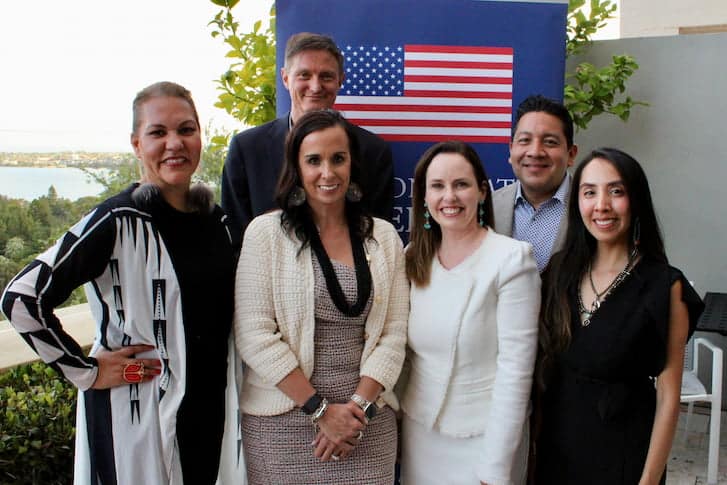When faced with high pressure situations, Captain Richard de Crespigny knows better than most why you might have a fight or flight response.
The pilot famously landed Qantas flight QF32 when recovery from engine failure seemed impossible, saving himself and more than 460 crew and passengers on board in what has gone down as one of the most miraculous landings in history.
De Crespigny gets to the bottom of what it takes to thrive in a high pressure world in his new book FLY!, which was released this month.
From his own experience and interviews with some of the world’s most remarkable leaders, he unravels the elements of resilience including knowledge, training, experience, teamwork, decision-making, crisis management, post-traumatic stress and risk.
FLY! takes a look inside the brain and not only examines why De Crespigny did not crack under the pressure when QF32 suffered catastrophic engine failure over Singapore in 2010, but shows how the wisdom can be applied to any workplace or situation.
De Crespigny, who suffered post-traumatic stress after the near disaster, came to the realisation that everyone suffers this type of stress at some point in their lives and has included a chapter in FLY! about how there can be growth from trauma.
Post-traumatic stress is one of the elements of resilience and he says facing it head on in the months after QF32 has helped make him more resilient. He also helps others when they reveal to him that they are suffering too.
“I didn’t understand it. When I went on QF32 I didn’t know what it was,” he says.
“No one warns you at school. I mean, given that we are going to lose loved ones at some time in our life, it will happen and no one warns you about how the mind works, how the memory works … we have to have a healthy physical and emotional health to process these things.
“Of all the things we learn in life, we never learn to prepare for and manage something which is devastating to us, and it was devastating to me.”
De Crespigny expanded from three pages on the issue in his first book called QF32 – which details the emergency from start to finish – to a whole chapter in FLY! because of the overwhelming response he’s had from opening up.
“After I wrote QF32, half the people that I describe in the book came back saying, thank you for discussing stress, the nightmares still continue,” he says.
“The whole thing for stress is it’s normal, there can be recovery even though you might need to seek professional help. The key thing is, and it’s like business, Richard Branson will say you can’t have success without failure and he has failed 100 times and that’s why he’s succeeded. You can have failure, there can be growth from trauma as well.”












